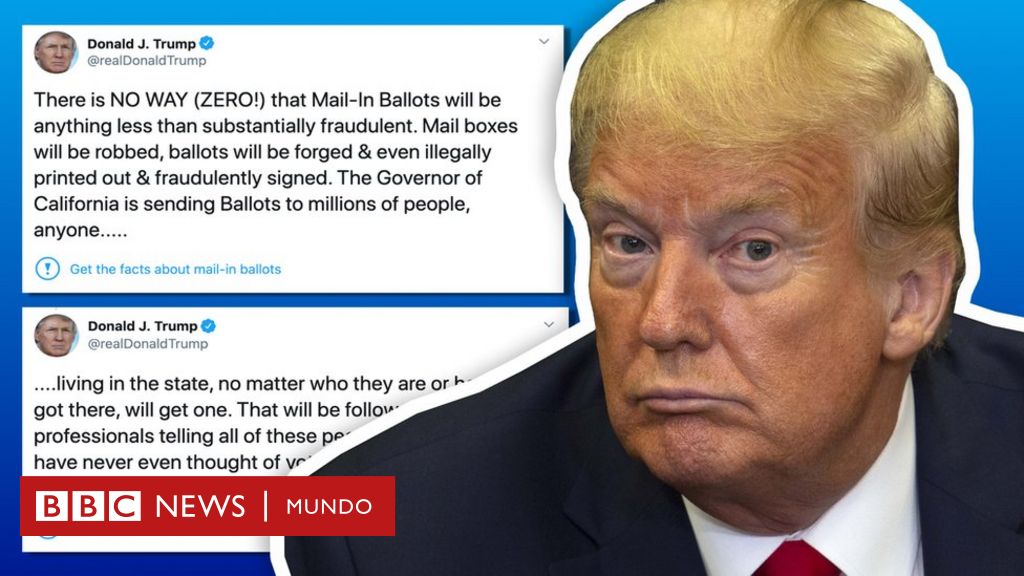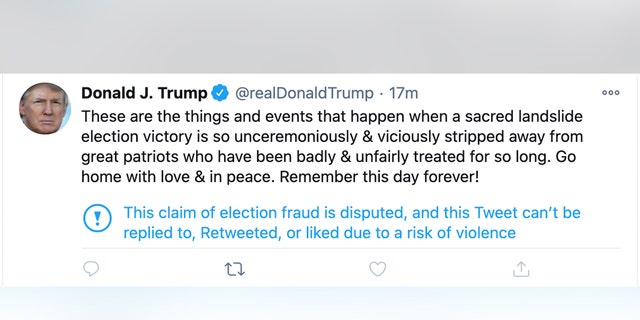

The platform’s allowance for newsworthiness “is not a blanket exception for the president or anyone else,” the company’s legal and policy chief, Vijaya Gadde, told POLITICO in an interview in September 2018. Still, Twitter’s leaders warned that they could boot Trump if his tweets went too far over the line.

Twitter also didn’t act on an August 2018 tweet in which Trump described former White House aide Omarosa Manigault Newman as “that dog,” provoking a new round of outrage at the insults he leveled at Black Americans who had criticized him. He accompanied the action - and defended its sudden unveiling - with tweets that described Muslim immigrants “as a lot of bad ‘dudes’” and “ bad people (with bad intentions).” One early flashpoint: the executive order Trump issued a week into his presidency banning travelers and refugees from several Muslim-majority countries. Some Trump critics were urging Twitter to kick him off even before he was sworn in, citing his use of the platform to denigrate people who opposed him and make baseless claims of fraud in the 2016 election.Ĭalls for the company to discipline Trump only increased once he became president - even as Twitter said his early posts didn’t violate its policies against harassment, racist or xenophobic rhetoric or threats of violence.

So it’s a good occasion to revisit some of Trump’s most notorious, rule-breaking or controversial tweets - a possible taste of what could lie in the network’s future: Pushing the envelope, with impunity (He has a reported 2.7 million followers on his newly created social network, Truth Social.) But he could easily change his mind. Trump has said he doesn’t even want to rejoin Twitter, where he had nearly 89 million followers. “When he’s coming on as a guest on talk shows, or anytime he has the microphone, he is still talking about how the election was rigged.” But I feel like these limitations that have happened have almost emboldened him to do more of the same,” said Laura Manley, the executive director of Harvard University’s Shorenstein Center on Media, Politics and Public Policy. “I wish we saw a new Trump who actually learned from his actions. People who have followed his long Twitter career don’t expect him to change if he returns to the site. That was long before Twitter booted him following his praise of the rioters who attacked the U.S. For years, Trump used his favorite social media megaphone to insult his opponents, hurl racially or ethnically tinged rhetoric, spread misinformation about topics like elections and public health, and threaten violence against targets such as civil rights protesters and North Korea.


 0 kommentar(er)
0 kommentar(er)
